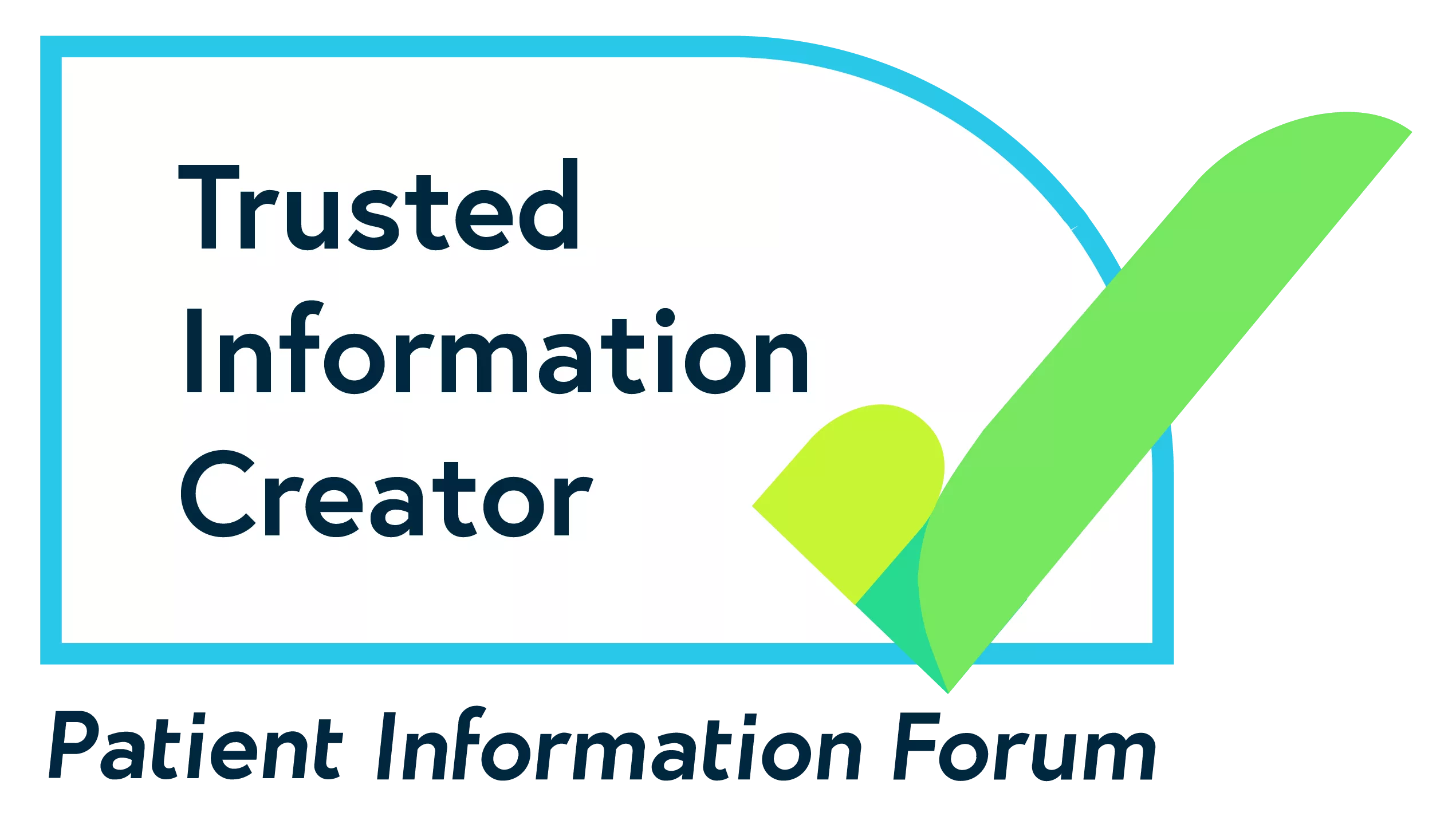Antipsychotics
Explains what antipsychotics are used for, how the medication works, possible side effects and information about withdrawal.
View this information as a PDF (new window)
What are anti-Parkinson's drugs?
Anti-Parkinson’s drugs are mainly used to treat Parkinson's disease. They are not psychiatric drugs, which means they are not licensed to treat mental health problems.
But your doctor or psychiatrist may prescribe one of these drugs alongside an antipsychotic, to reduce certain side effects from the antipsychotic. These are known as neuromuscular side effects, as they affect your body’s neuromuscular system. The effects may also be known as Parkinsonism, as they are similar to some of the effects of Parkinson’s disease. These effects include:
- your muscles becoming stiff and weak
- developing a slow tremor (shaking), especially in your hands
- your mouth hanging open and dribbling.
There are three anti-Parkinson's drugs which may be prescribed alongside antipsychotics to reduce these symptoms:
- procyclidine
- trihexyphenidyl (formerly called benzhexol)
- orphenadrine
These anti-Parkinson's drugs are sometimes known as antimuscarinics. Antimuscarinic is the term used for the group of effects that these drugs have on your body.
There are no significant differences between these three medications. But you may find that one of these drugs works better for you than others.
When might I be prescribed an anti-Parkinson's drug?
You should only be prescribed an anti-Parkinson's drug if you have developed Parkinsonism symptoms as a side effect of your antipsychotic, and
- you can't switch to a different antipsychotic or reduce your dose, or
- you have tried changing the antipsychotic or reducing the dose, but this has not helped your Parkinsonism symptoms.
These drugs should never be prescribed to prevent side effects that you haven’t already experienced.
What are the risks with these drugs?
- Anti-Parkinson’s drugs are used to reduce certain side effects of antipsychotics. But they can also cause side effects of their own. See our information on procyclidine, trihexyphenidyl and orphenadrine to find out about the possible side effects of each drug.
- These drugs also have a stimulant effect. For some people, they may cause an addiction.
- When you stop taking anti-Parkinson’s medication, you should reduce your dose gradually. Otherwise your Parkinsonism symptoms may return.
- You may decide to stop taking anti-Parkinson’s drugs and antipsychotics around the same time. In this case, guidelines suggest to come off the antipsychotic first, and then stop the anti-Parkinson's drug.
You should be especially careful about taking these drugs if you have:
- a heart condition
- high blood pressure
- liver disease
- kidney disease.
You should avoid these drugs if you:
- have glaucoma (a serious eye condition), or are at risk of developing it
- are showing signs of tardive dyskinesia
- have myasthenia gravis (a rare, serious muscle disorder)
- have an enlarged prostate
- are pregnant or breastfeeding. This is because there's very little information on how safe these drugs are, and babies are sensitive to antimuscarinic effects.
Possible side effects
- blurred vision
- constipation
- difficulty urinating
- dry mouth
- agitation (feeling irritable)
- anxiety
- confusion
- difficulty concentrating
- disorientation (not knowing where you are)
- dizziness
- nausea (feeling sick)
- hallucinations
- memory problems
- nervousness
- rashes
- vomiting (being sick)
Possible side effects
Trihexyphenidyl was first licensed before the current system of recording side effects was widely used. So estimates of how likely you are to experience these side effects are not available. The known side effects are listed below in alphabetical order.
Some patient information leaflets (PILs) for certain brands of trihexyphenidyl may list how common the side effects are for that specific brand. You can find the PIL in the box with your medication.
- agitation (feeling irritable)
- blurred vision
- confusion
- constipation
- delusions
- difficulty sleeping
- difficulty swallowing
- difficulty urinating
- dizziness
- dry mouth
- dry throat
- dry skin
- excitement
- eye discomfort, with increased sensitivity to light and pressure in the eye
- fast heartbeat
- flushing (redness of the skin)
- gingivitis (sore, inflamed gums)
- hallucinations
- high temperature
- memory problems
- nausea (feeling sick)
- nervousness
- restlessness
- skin rashes
- thirst
- vomiting (being sick)
Possible side effects
- blurred vision
- dizziness
- dry mouth
- feeling restless
- nausea (feeling sick)
- upset stomach
- confusion
- constipation
- difficulty sleeping
- difficulty urinating
- excitement
- fast heartbeat
- hallucinations
- light-headedness
- nervousness
- problems with co-ordination
- sedation (sleepiness)
- seizures (fits)
- memory problems
This information was published in September 2020.
This page is currently under review. All content was accurate when published.
References and bibliography available on request.
If you want to reproduce this content, see our permissions and licensing page.












